Integrating California's High Speed Rail
Utilizing California's transit corridors for modern transit technology
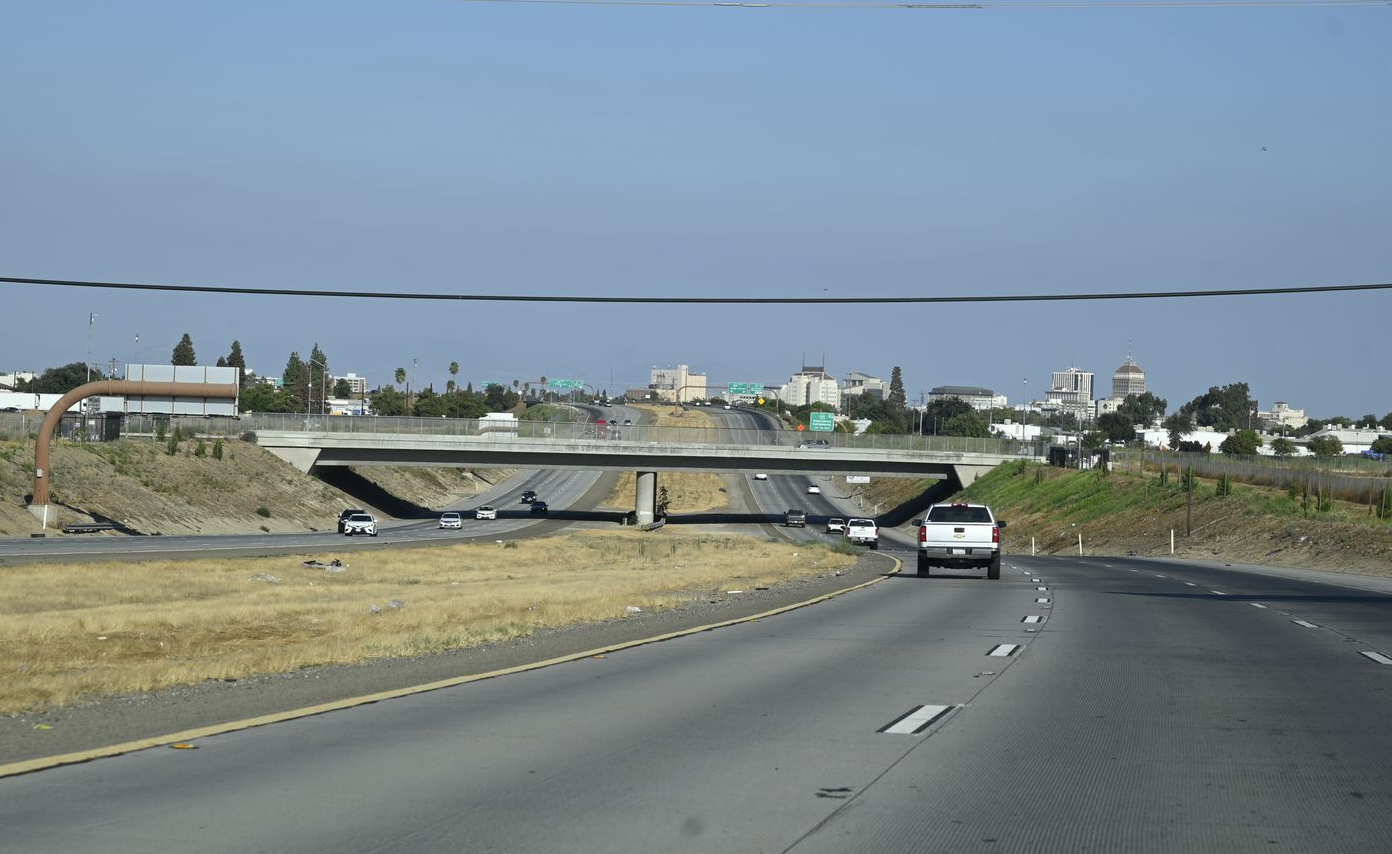
In the previous CATTCC article, regarding California’s High Speed Rail (CA’s HSR) project, the article emphases the crucial importance of using a central high-speed transportation arterial as the core element to an integrated transit network. CA’s proposed HSR project is utterly futile without a corresponding network which integrates the hundreds of miles of existing allocated light-rail rights-of-ways throughout the State.
With that statement, there is danger. Similar to a personal bank account: a good idea is controlled by the work of one individual. An idea is developed from experience of one person’s opinion. When the idea is shared, it can be built upon, it can be modified and even grown to fruition. The precarious nature of risk is when the original idea is ‘taken’ and twisted into something unintended; like explosions used as a bomb for harm. This is akin to CA’s HSR project, it was originally a good idea but, was absconded by the abusive personal gains within the political process.
Although the idea of using CA’s failed HSR project and utilizing its infrastructure as a high-speed arterial, for the purpose of integrating an advanced transit network throughout California’s existing light-rail rights-of-ways; there is the very troubling political possibility. The political ignorance and the non-existent relationship with the advanced transit industry, the ‘dangers’ are employing antiquated status-quo technologies; outdated by transportation demands of today’s technologically advanced society. The dinosaurs and partizan motivation of young radicalized politicians are focused on agenda driven ideologies. Practicality for techniques in improving quality of life for the citizenry by updating transportation alternatives is unrelated to political divisiveness.
There is a tremendous social outcry for viable transportation alternatives. This demand is merely to keep up with the technological advances throughout all other industries. Today’s culture demands in transportation are for faster travel speeds and more convenience.
Where are the transportation solutions? Autonomous electric cars are a phenomenal technological convenience. And yet, autonomous electric cars are not exempt from traffic: they’re cars. More cars require more roads, and as urban spawl expands, the roads are more traffic ladened. Transportation is a land-use issue. All urban growth is based on its primary source of transportation. Western civilization’s automobile centric land-use design is wholly unsustainable, because automobiles are unsustainable.
Today’s social demands for new transportation choices represents clear evidence: it’s begging for technological advances in transportation; it’s a need for modal alternatives.
Transportation is the foundation to all urban growth
The United Nations began a study of sustainability in 1983. In 1987, they released their ‘Report of the World Commission on Environment and Development’, titled: “Our Common Future.” This is often referred to as ‘The Brundtland Report’.
The report was driven by the need to decrease unsustainable land-use growth. Its three main focal points to attain sustainability are: environmental, economic, and social impacts.
Economics 101 teaches that a local economy prospers when money is circulated locally. Products sold locally provides income for a local economy. Quality of life is based upon the prosperity of local citizens. Removing profits extracts prosperity from a local economy.
Cars are one of the worse financial drains to a community. The cars are manufactured outside the local area, removing the dollars of purchasing a new vehicle from being used locally. Every dollar to fuel the vehicle for its use is removed from the local area. Millions of dollars every day for fuel are extracted from the local economy. And the other invisible expense? Twice as many dollars than fuel every month, is extracted from the local community for car insurance. This expense alone is several billions of dollars every year, from every county throughout the State.
The unsustainable social action is called: “social isolationism”. It’s a relatively new condition that didn’t exist 50 years ago. It’s at the heart of road rage and traffic stress. It leads to an entire array, in an epidemic portion, of poor health conditions.
Many of the environmental concerns are unseen. It goes beyond the accumulation of bad air quality. The worst environmental damage from cars are the roads. One of the first processes of building roads is laying an oil-bed as a sealer. Even though millions of miles of oil-beds with asphalt (oil) laid on top of the oil-beds throughout the country, that isn’t as big of an environmental problem as the cars expending metal friction debris onto the asphalt. Brake dust settles on the roads; exhaust particulates settle on the roads. When it rains, all the toxins are washed into the aquafer.
The duty of politicians
Quality of life is the most essential commitment for every political office and every government servant. It’s the primary task for government. However, the current stance on transportation is a pathetic disastrous blob of selective ignorance. The harsh words are arrived at through experience.
When does improving quality of life for citizenry become important? The consequence of elected officials and government workers seeking a powerplay or a perpetual paycheck, is the loss to serve the public. Tyranny sinks quality of life into servitude to the dictator.
Determining outcomes
California already has the allocated light-rail rights-of-ways to build a high-speed transportation network to maintain quality of life. Where is it? What is preventing its implementation? The core of providing this high-speed network is the I-5 median which was allocated in the 1960s by CA Governor Pat Brown. Why has this been delayed? It’s been available for sixty years. Why has it been delayed? One of the reasons is agenda driven partisan political maneuvers which represent a definitive lack of concern for Californian’s quality of life. A disturbing question is: why do most politicians choose selective ignorance regarding advances with alternative modes of transportation technology?
When will politicians declare it’s time to consider transportation advances? California’s central core rights-of-way, in the I-5 median, was allocated in the early 1960s. That was over 60 years ago. When will the politicians consider transportation alternatives? Obviously, 1975 wasn’t the time. Was it in 2000? No, although there was talk about antiquated transportation technology. Will it be politically acceptable to explore alternative technologies for transportation in 2025? Apparently not. When then? In twenty-five more years: 2050? Trains have been around for 200 years. Will cars remain the primary source of transportation in the year 2100? Most people’s reaction would be to consider that thought ridiculous. However, the replacement to a car is still absent. Automobile technology has been around 125 years. 2100 is only 75 years away. The political attitude is to maintain the status-quo, train technology remains fundamentally the same steel wheels rolling on steel tracks. People get accustom to repetition; change is difficult.
Why advances in transportation are important
To integrate traffic into a sensible quick and convenient mobility solution, the first question adults ask: what happens to my car? People love their cars. In the car culture, a car is their second most expensive possession, they pay hundreds of dollars each month just to insure it, hundreds more to maintain it.
The main consideration in transportation and urban growth is land-use. After listening to government workers, officials, planners, politicians, and the public; it’s exceeding clear there is a terrible misconception between the important distinction between land-use design and land-use zoning. There are actually people cognizant to the distinction, perhaps they work in the real estate development industry, or perhaps in hidden segments of government agencies, or in an obscure non-profit sector. The critical point in understanding the distension between the two, is that there are four types of land-use: nature, agriculture, transit-oriented design (fixed-rail transit) and automobile centric land-use design. Land-use is the overall use of land and depicts urban growth being dependent upon its primary source of transportation. Whereas land-use zoning is about variations in local building allowances.
California’s growth over the past 90 years has predominately been with automobile centric land-use development. Automobiles are unsustainable. Building a society upon an unsustainable foundation is problematic.
As an illustration, there’s a visual example of the negative economic effects of the automobile centric land-use design. Since California boast of its position of being the world’s fifth largest government economy in the world, let’s compare its progress of California’s economic drain. Here are four pictures that compare Los Angeles to Dubai over the past 50 years of California’s economic gains.
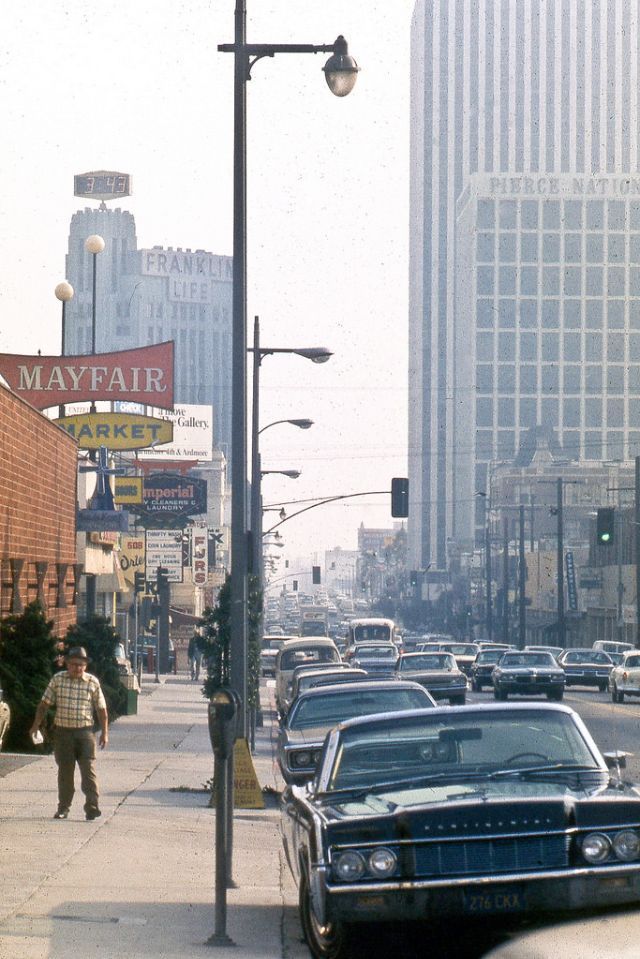
Los Angeles in 1970
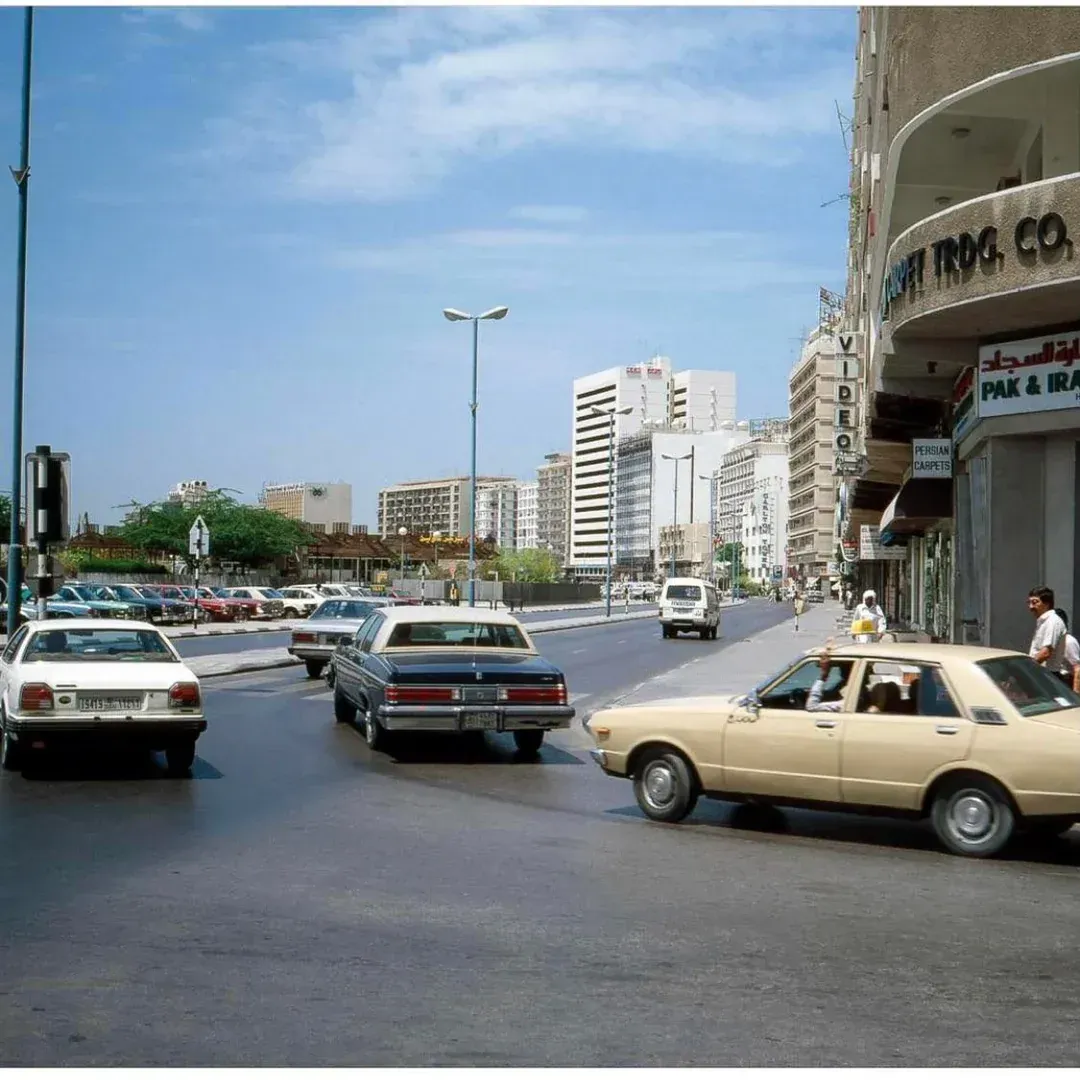
Dubai in 1970
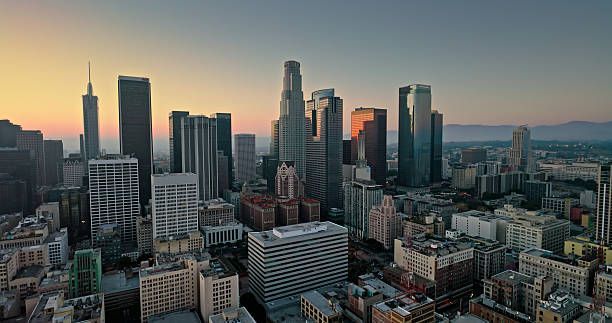
Los Angeles today
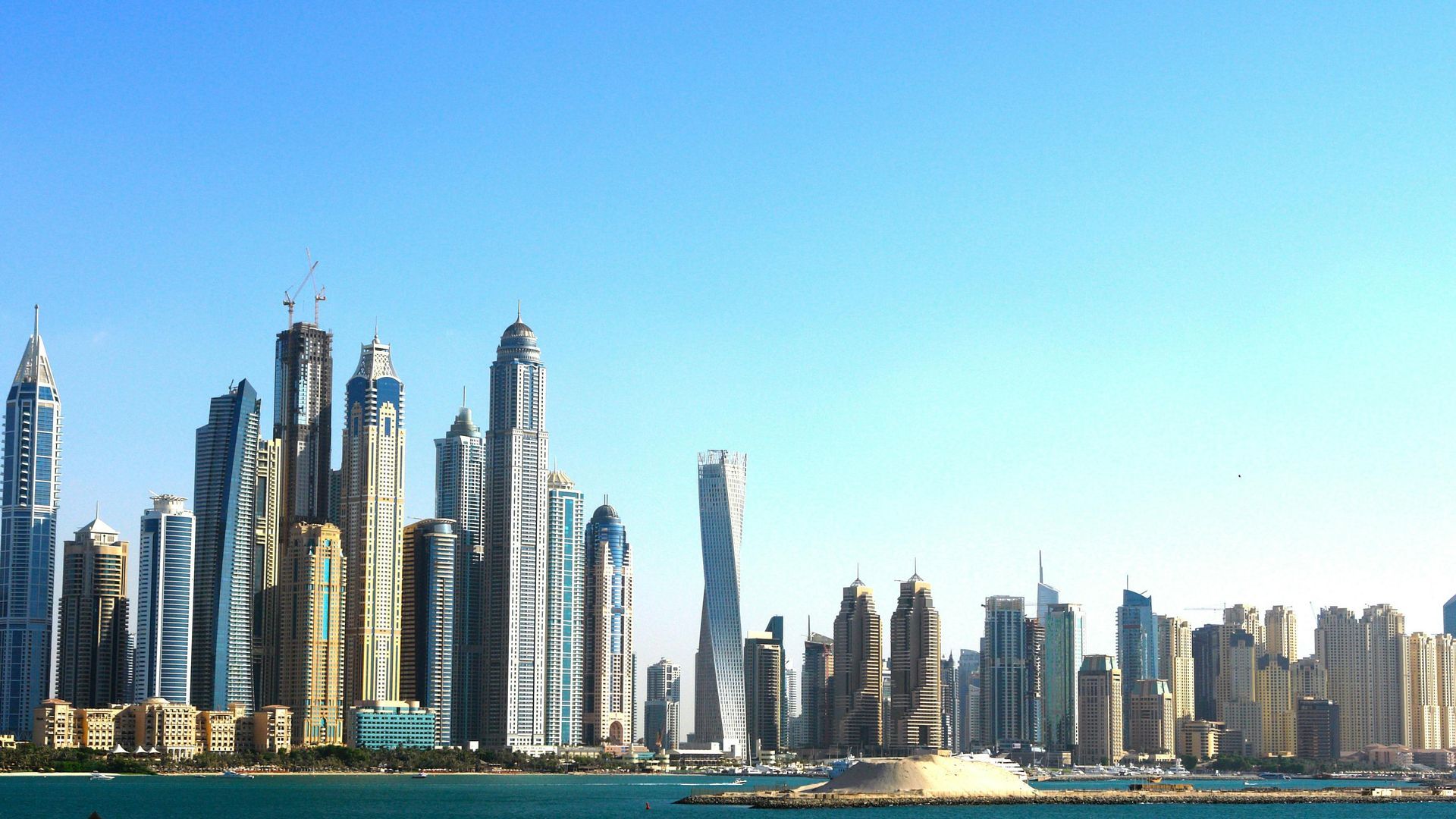
Dubai today
What’s the difference? California boasts of being the fifth largest economy in the world; LA is its largest city. The small buildings in Dubai are taller than the tall buildings in LA. These photos represent the 50-year result of economic unsustainability from California’s automobile centric land-use design; Dubai sells LA the gasoline that it consumes. Hundreds of millions of dollars per day is sent to enrich Dubai’s economy. Is this politically profitable towards the quality of life for Californians?
How difficult is it to see the visual economic impacts? Why do US and CA politicians blindly ignore this?
Transportation solutions enrich Californian’s quality of life
This is a hard-hitting article, intending to strike the nerves of useless apathy and partisan agendas into ideas that matter towards improving California’s quality of life. Its road structure is dying and its sprawl is out of control. Over the past 60 years: transportation nothing. The continual political rhetoric, claiming that anything different; such as a statewide transit network is too expensive, is misinformed and ignorant hyperbole.
The point of this article is to rationalize and recognizing the social demands for transportation advances. California’s allocated rights-of-ways have existed for too many years to continue ignoring. It’s necessary for California’s elected officials to intentionally have open conversations with the private sector leaders in the advanced transit industry that lead to transportation solutions. Discover what today’s transportation technology holds. Reaching out to build new technology transit networks throughout the communities is the job of diplomacy.
Pointing out problems is futile without solutions. What’s the solution to advance California’s transportation? Whose responsibility is it to be innovative and build viable transportation solutions? Private sector involvement.
By incorporating a modern transportation network within the existing light-rail rights-of-ways into a high-speed transportation core, would provide California a convenient modern transit system and lessen the continually growing heavy traffic loads.
The solution scenario is for the State to work with the private sector in a joint venture project. The State’s involvement would consist of using the very capable and skilled Caltrans engineers, coordinating with the many advanced transit system technology companies; to create an integrated transit system throughout California’s vast territory that would comply to the modern cultural demands for viable transportation alternatives, utilizing the hundreds of miles of unused light-rail rights-of-ways.



